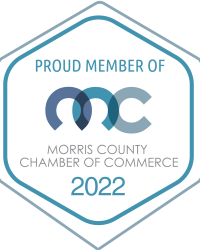
With Halloween only a few days away, here are some important safety tips!
Costume Safety:
- Costumes, wigs, & accessories should be fire-resistant.
- Be seen! Reflective tape should be attached to costumes & bags or glow sticks, or flashlights should be used.
- Use Halloween makeup rather than masks which can obscure vision.
- If using makeup, ensure it is nontoxic and always test in a small area first to see if any irritation occurs. Remove all makeup before bed to prevent skin & eye irritation.
Trick or Treat Safety:
- An adult should always accompany young children.
- If older children are going a lone, create a plan, review a route of where they can go, agree on a specific time children should return home.
- Teach children to NEVER enter a strangers’ home or car.
- Travel in familiar and well lit areas.
- Always cross the street at crosswalks or corners.
- Teach children to not eat any treats until they return home to allow adults to check for any evidence or tampering and food allergies.
Safety for Motorists:
Did you know that Twice as many kids are killed while walking on Halloween than any other day of the year?
- Slow down & be alert! Kids are excited on Halloween and may run into the street.
- Watch for children walking on roadways, medians, and curbs.
- Enter and exit driveways and alleys with caution.
- Watch for children wearing dark costumes at night.
- As always, keep phones down so you are not distracted.
Healthy Alternatives to Candy:
- pretzels
- goldfish
- veggie straws
- fruit leather
- healthy fruit snacks
- fruit
- popcorn
- granola bars
Nonfood Options:
- glow sticks
- stickers
- bubbles
- play dough
- slime
- pencils
- small toys




